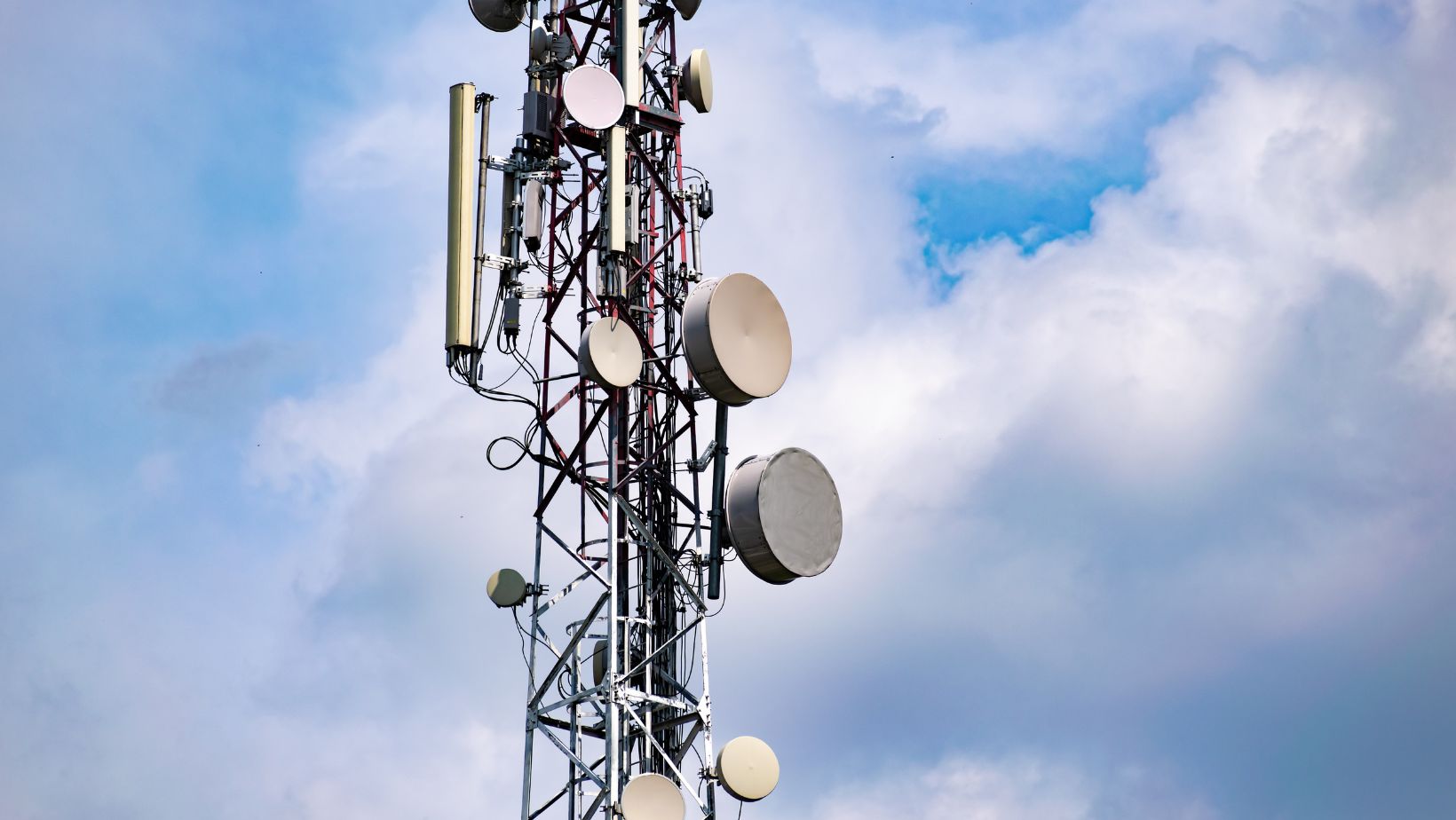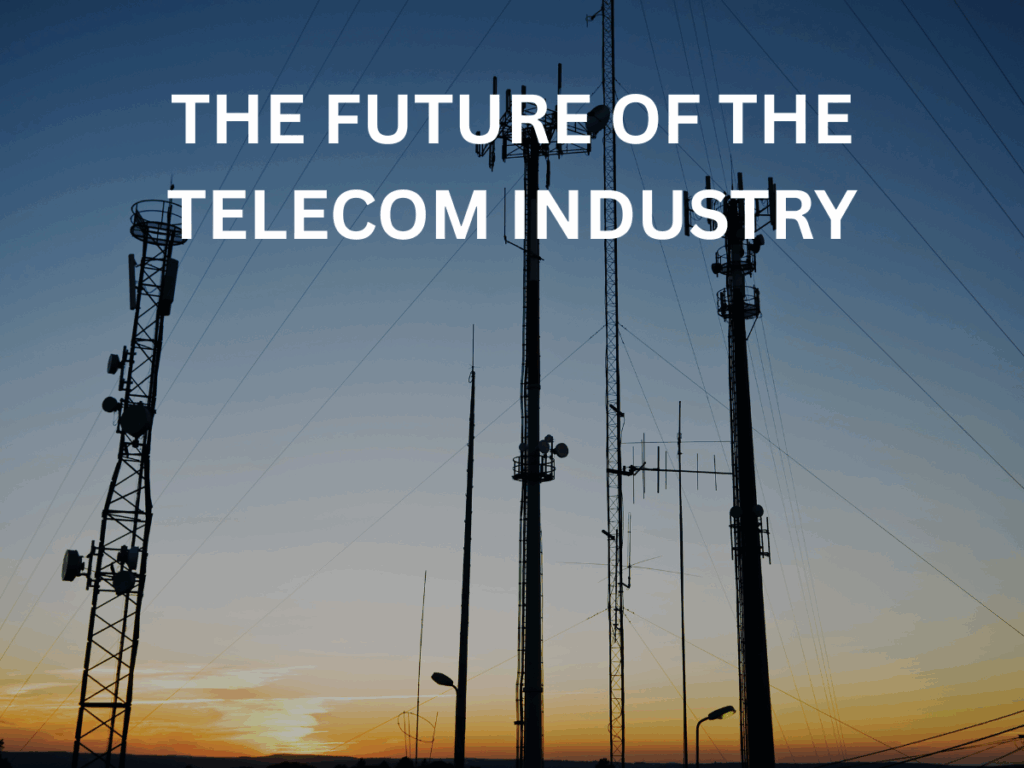Telecom companies aren’t just competing with each other anymore. They’re up against the expectations set by digital leaders like Spotify, Netflix, and Apple.
A friend in telecom once explained why canceling a plan used to be so difficult: “It was about hitting retention targets.” The idea was simple to make it hard to leave, and more people would stay. But let’s be honest, sticking around because it’s inconvenient to leave isn’t real loyalty.
That shift in thinking is driving the biggest change the industry has seen in decades. It’s not just about better infrastructure or rolling out 5G. It’s about realising that customers want more than coverage, they want connection, transparency, and control. And the winners over the next 10 years will be those who are built digital-first and customer-first from the ground up.
Let’s explore what’s driving this shift, the barriers legacy providers face, and what the future looks like.
Why Legacy Telcos Are Losing Loyalty
Legacy telecom companies relied on three main levers for growth:
- Infrastructure dominance: Building out wide-reaching networks
- Long-term contracts: Locking in customers with multi-year agreements
- Service bundling: Packaging internet, phone, and TV into one deal
These tactics worked when customers didn’t have much choice. But they focused more on locking people in than creating great experiences. Over time, that created cracks, slow service changes, complex bills, and impersonal support.
Now, those cracks are widening.
Customers Want Personalisation, Not Packages
Look at how Netflix or Spotify tailors content. Every user gets recommendations based on their habits. Meanwhile, many telcos still push generic SMS promos, like 10% off voicemail services, hoping for a click.
It’s not that customers are harder to please. It’s that they’ve gotten used to brands that treat them like individuals. If your telecom brand doesn’t, you’re already behind.
The Infrastructure Advantage Is Fading
Mobile coverage is no longer a competitive edge. In most cities, signal quality is more or less the same across providers. So, if everyone offers similar coverage, what sets you apart?
That’s the real challenge.
According to a 2023 J.D. Power study, telecom ranks among the lowest in customer satisfaction, both in mobile and broadband. It’s not because customers are fickle. It’s because too many providers still treat service like a utility: just keep the lights on, and people will stay.
That’s not a strategy. That’s inertia.
Digital-First Brands Are Redefining Loyalty
With the new generation of digital-only telcos. These companies weren’t built on towers and brick-and-mortar stores. They’re software-native, agile, and obsessed with user experience.
One example is Circles, a Singapore-based tech company behind the Circles X platform a full-stack SaaS telco operating system designed to help providers become customer-first brands.
Circles X gives telcos the tools to:
- Launch digital brands in 16 weeks, as KDDI did with povo2.0 in Japan
- Deliver real-time, personalised customer support.
- Reduce operating costs by up to 70%
Instead of retrofitting old systems, Circles lets telcos reimagine the experience fast.
The Rise of Digital-Only Mobile Plans
We’re seeing a major shift with digital-only mobile plans, no stores, no paper contracts, no call centre wait times.
These telcos operate like neobanks:
- Sign up entirely via app
- Month-to-month pricing—no long-term lock-ins
- Real-time usage tracking
- Clear, jargon-free billing

In markets like Singapore, Australia, and the UAE, these providers aren’t outspending legacy brands, and they’re just offering a better experience.
They’re not trying to appeal to everyone, either. Instead, they target niche audiences, like digital nomads or tech-savvy users, who value simplicity, roaming, and no strings attached.
Loyalty Isn’t a Contract- It’s an Experience
Old-school telcos tried to secure loyalty through lock-ins. But digital-first brands earn it.
Borrowing from the e-commerce world, the Loyalty Loop replaces the funnel:
- Attract with clear pricing and relevant features.
- Onboard with smooth, app-based experiences.
- Delight through smart recommendations and proactive support.
- Engage via personalised communication and perks.
- Earn referrals from customers who actually want to spread the word.
In this model, customers aren’t stuck—they’re empowered. They stay because they want to, not because they’re trapped.
Circles gets this. They’re not just providing telco services, they’re creating experiences that build trust at every touchpoint.
Moving Past the “Utility” Mentality
Telco has long been seen as a utility. Just make it work. But that’s not enough anymore.
Here’s how the old and new mindsets compare:
| Legacy Telco | Digital-First Telco |
| Customer is a number | Customer is a relationship |
| Lock-ins and penalties | Freedom and flexibility |
| Bundled complexity | Transparent pricing |
Modern telcos don’t just tweak a plan or add an app. They change how the entire company thinks and operates from network teams to customer service.
Conclusion
Let’s be honest, another loyalty program or chatbot isn’t going to cut it.
Today’s telecom customers won’t tolerate outdated workflows, hidden fees, or indifferent service. They want:
- Clarity — simple plans, transparent pricing
- Control — real-time usage, self-service tools
- Connection — a brand experience they feel aligned with

The fix isn’t digitising an old model but starting fresh, with UX at the centre.
Telcos that want to stay relevant need to act with intention. Use real-time data. Build for mobile. Lead with transparency.
Circles is already setting the standard, proving that telecom can feel as seamless and personal as your favourite tech app.
For everyone else? It’s time to catch up, or risk being left behind.



